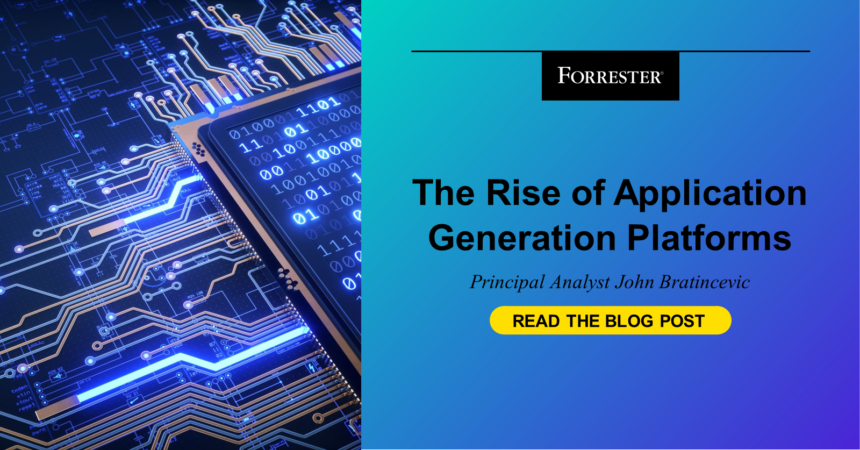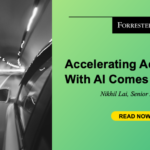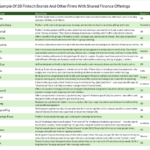GenAI, extrapolated to its extreme, would mean the destruction of the software industry.
In theory, a powerful GenAI model could generate and deploy perfectly designed and analyzed software in perfectly optimized machine code from natural language or other instructions – or even autonomously, in its wisdom – without human review. This would remove the need for all business applications (adios, SAP), all flavors of development platform (peace out, Pegasystems), key software components (au revoir, Oracle database), and most of the existing tools, processes, and roles of the software world, including developers (so long and thanks for all the fish).
We don’t buy this faith-based, apocalyptic scenario; it is absurd. But the opposite view – that all the individual products, practices, and roles of the software industry will just continue as they are, with AI pixie dust sprinkled gently on top – is naïve.
Between these two extremes, the rapid advancements in TuringBots (AI tools aiding the varied tasks of the software development life cycle) and low-code platforms point to a more realistic future for much of software: Application Generation Platforms.

Application Generation Platforms (or “AppGen” for short) represent the evolution of practical platform engineering to take full advantage of AI (especially generative AI), while mitigating its drawbacks. AppGen will integrate the steps of software analysis, development, security, testing, and delivery by providing Turingbots for both low-code and high-code development spanning every step – all while incorporating the principles of agile and DevOps along the way. To enable the generation of larger chunks of functionality (or even entire applications), the core authoring experience will be a cycle of natural language prompting and subsequent iteration through efficient-and-visual mediums: drawings, graphical user interfaces (GUIs), visual low-code models, and domain specific languages. Lower-level code generation for custom components, extensions, and visibility will also be central. And critically – business-and-industry “domain knowledge” and “best practices” will be baked into the AI models supporting this generation process, eliminating the distinction between “software development” and “off-the shelf applications” in which business excellence is theoretically predefined.
AppGen is not a theory: its component parts already exist, as do modest examples of the pattern – such as the firm that told us of their experience generating a logistics app to help manage sea containers. Low-code platforms have a head start on AppGen, but global hyperscalers, other end to end development platforms, and new startups will also be significant players. In its maturity, AppGen will compress and blur the steps and roles of the SDLC, democratize development further and faster, enable real-time collaboration to design and deliver applications, enable dynamic end-user experience personalization, and redefine not only the software development industry but also broad swathes of software generally. We estimate AppGen platforms will mature over the next three years.
A new report on this topic is available here.








